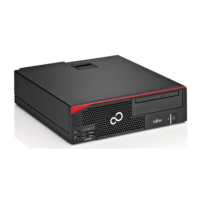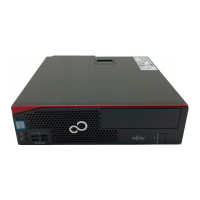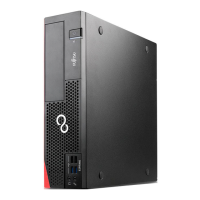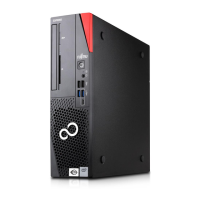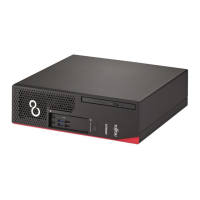What to do if Fujitsu ESPRIMO D5 monitor remains blank?
- KKevin CarterAug 1, 2025
If your Fujitsu Desktop monitor remains blank, first, ensure the monitor is switched on. If power saving is activated, press any key or deactivate the screen saver. Also, check the brightness control. Verify that the power and monitor cables are correctly connected to both the device and a grounded mains outlet. If the issue persists, restart the system, press F8 during boot, start in Safe Mode, and set up the monitor as described in your operating system and monitor documentation.
